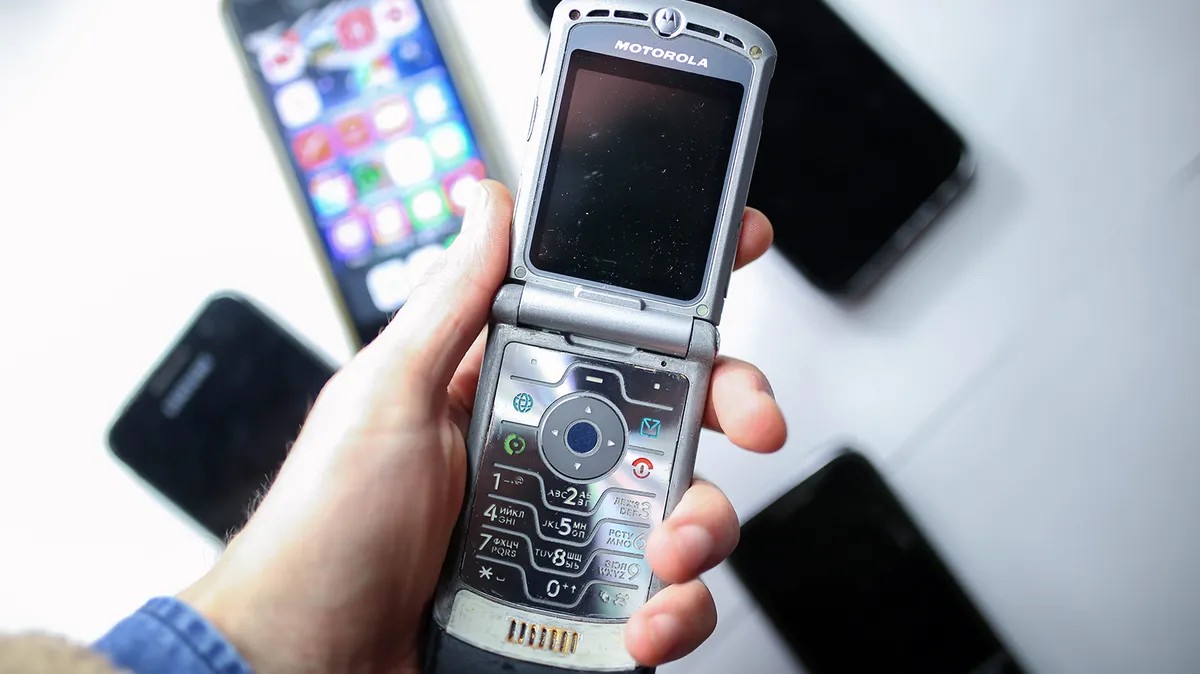Identifying the world’s best-selling phone isn’t just about counting units; it’s a reflection of global trends, strategic decisions, and a brand’s ability to connect with diverse markets. This overview examines the top-selling phones of all time, considering their regional impact, pricing, and lasting influence.
The Reign of the Nokia 1100
For many, the image of a first phone is inextricably linked to the Nokia 1100. Launched in 2003, this phone holds the record for the best-selling mobile device ever, with over 250 million units sold. Its popularity stemmed from a deliberate focus on practicality and durability, rather than cutting-edge features.
The Nokia 1100 provided essential functions—SMS messaging and a flashlight—housed in a robust design. Crucially, it offered exceptional value in emerging markets like Africa, Latin America, and Asia, making mobile technology accessible to millions experiencing it for the first time. This highlights a trend of prioritizing affordability and reliability in regions where basic communication is paramount.
Apple Disrupts with the iPhone 6
The smartphone landscape dramatically shifted with the arrival of the iPhone 6 series. Prior to its release, Apple was seen as slightly behind Android rivals in terms of screen size. The iPhone 6 addressed this perception directly, and it became a massive success, selling over 220 million units worldwide.
The iPhone 6 and 6 Plus quickly became the top-selling smartphone model for several quarters. Apple’s innovative “Shot on iPhone” marketing campaign amplified this success, showcasing the phones’ camera capabilities and generating organic buzz. This demonstrates the power of user-generated content and creative marketing to drive sales.
Samsung’s Flagship Success: The Galaxy S4
Samsung has consistently been a leader in the smartphone market, and the Galaxy S4 stands out as its best-selling flagship device, reaching approximately 80 million units sold. Released in 2013, the S4 introduced several software innovations for the Android operating system and featured a vibrant AMOLED display alongside a robust security suite.
The Galaxy S4’s success positioned it as one of the top-selling smartphones globally during that year. However, the intense competition within the Android ecosystem meant Samsung soon faced increased pressure from newer models from rival companies. This illustrates the ever-evolving nature of the smartphone market and the need for constant innovation.
Reaching Every Price Tier: The Galaxy A10
Samsung’s strategy of catering to every price point is exemplified by the Galaxy A10. Targeting the budget segment, this device brought essential smartphone features to consumers in Asia, the Middle East, and Africa.
With sales reaching tens of millions, the Galaxy A10 showcased Samsung’s ability to maintain a significant market share by offering affordable options— a tactic that’s especially effective in regions where price sensitivity is high. This strategy reflects a trend towards a more tiered approach to smartphone sales, offering solutions for a wide range of budgets.
The history of best-selling phones reveals that a combination of affordability, durability, innovative features, and clever marketing are key ingredients for global success. The dominant players have continually adapted to changing market dynamics to stay at the forefront of the mobile revolution.
These top sellers offer a glimpse into the evolution of the mobile phone, demonstrating how manufacturers have adapted to changing consumer preferences and market conditions. The journey from the basic functionality of the Nokia 1100 to the innovative features of the iPhone and Galaxy lines represents a remarkable transformation of a technology that has become integral to daily life.



















